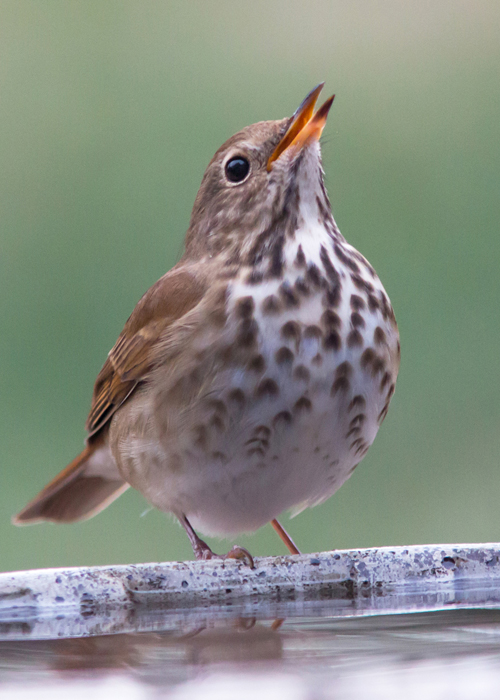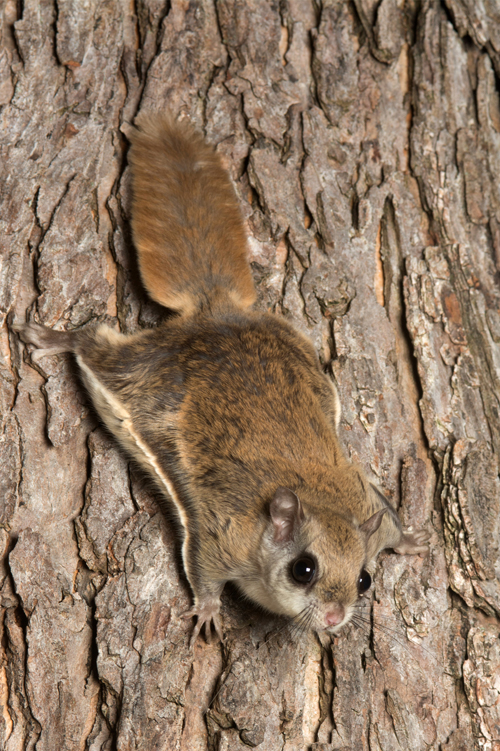Legacy Trail

A Forest Metropolis
Mature hardwood forests act like natural high-rise cities: a vibrant metropolis that provide food and shelter for wildlife. Sky-sweeping tree canopies serve as penthouse suites for nesting birds such as Wood thrush — whose flute-like call is known as one of the most beautiful North American bird songs.

The forest floor resembles the bustling storefront of a city, whereby decaying logs function as buffet restaurants that offer up insect larvae for hungry Black bears. Tunnels and spaces created by rodents under decaying leaves act like cozy basement apartments for Eastern Red-backed salamanders. Also, the hollow cavities of old trees serve as multi-story homes that provide shelter for families of Southern flying squirrels during cold winter months.

People do not often get a chance to see Southern flying squirrels because of their nocturnal behaviour. These creatures leave their dens only at night to travel through the dense forest canopy. Southern flying squirrels thrive in hardwood forest habitats like this one, given that they provide energy-rich food such as nuts and seeds. From their name you may think that Southern flying squirrels can take flight. While that is not entirely true, Southern flying squirrels can make outstanding aerial manoeuvres by using special folds of skin between their wrists and ankles, and a flat, rudder-like tail to glide through the air. In this way, it is not a complete surprise that they are called ‘flying’ squirrels, as they can glide as far as 80 metres between trees and make 90 degree turns around obstacles, all after leaping from heights of 20 metres or more.
© Kings Printer for Ontario, 2025